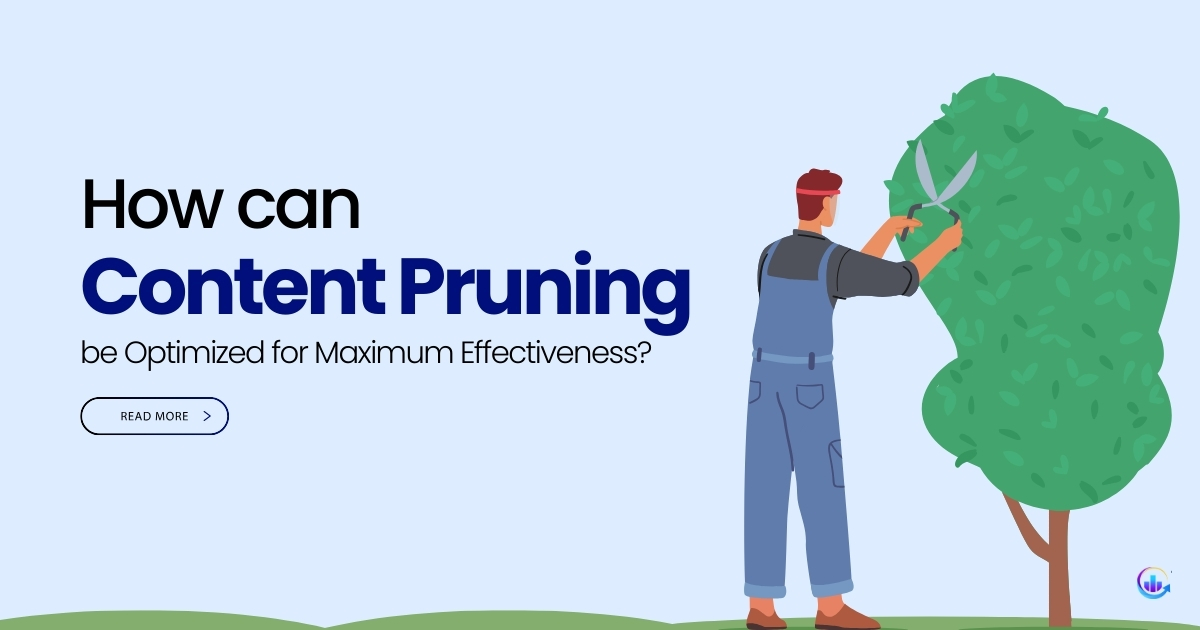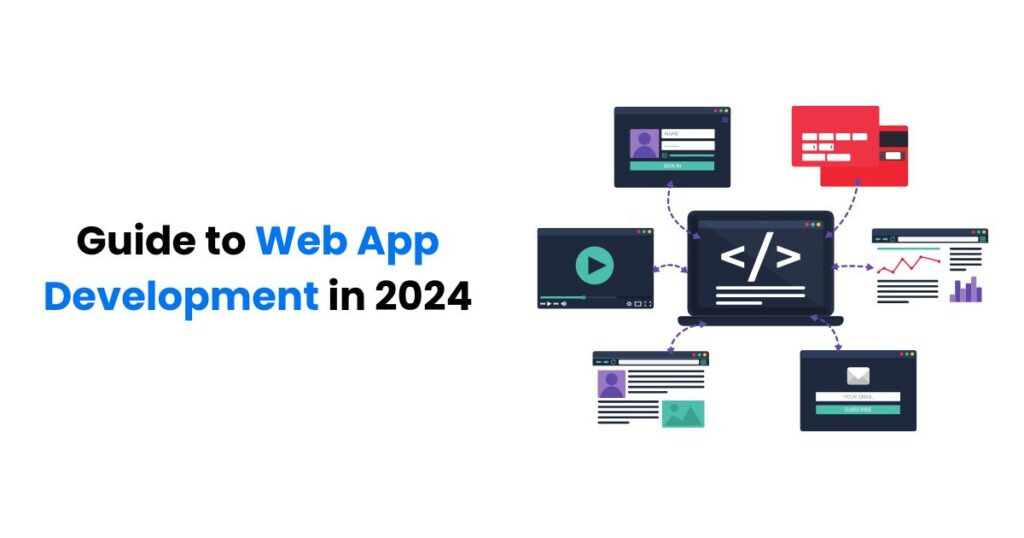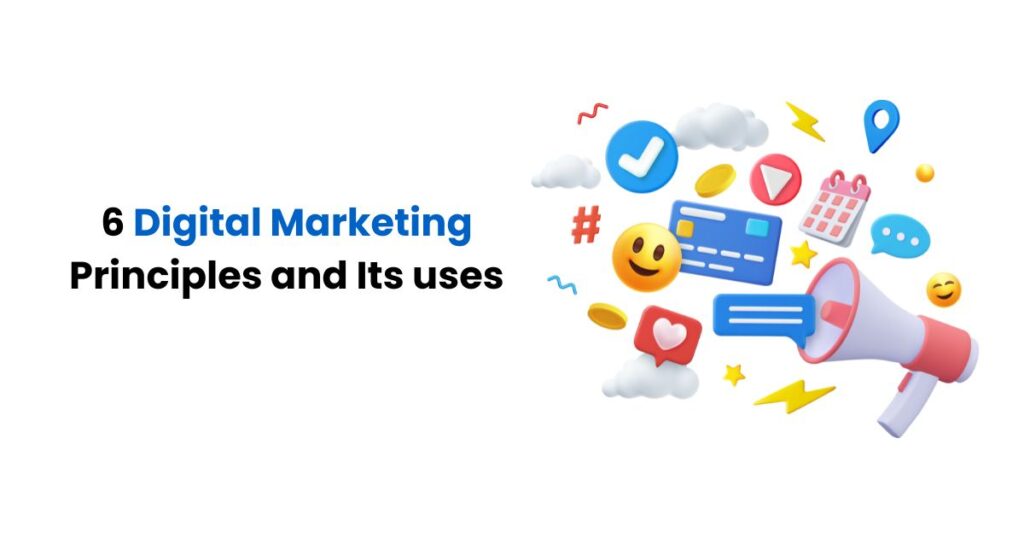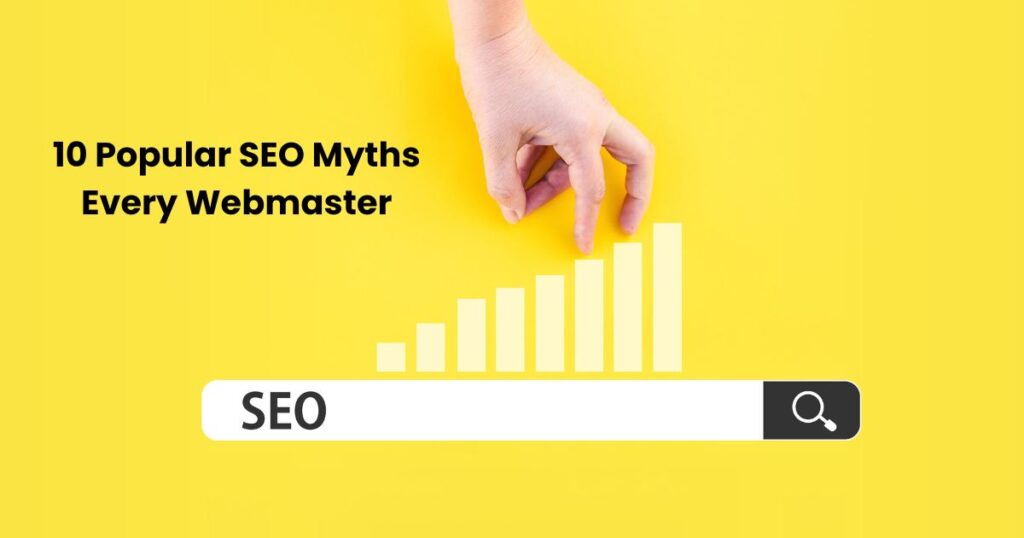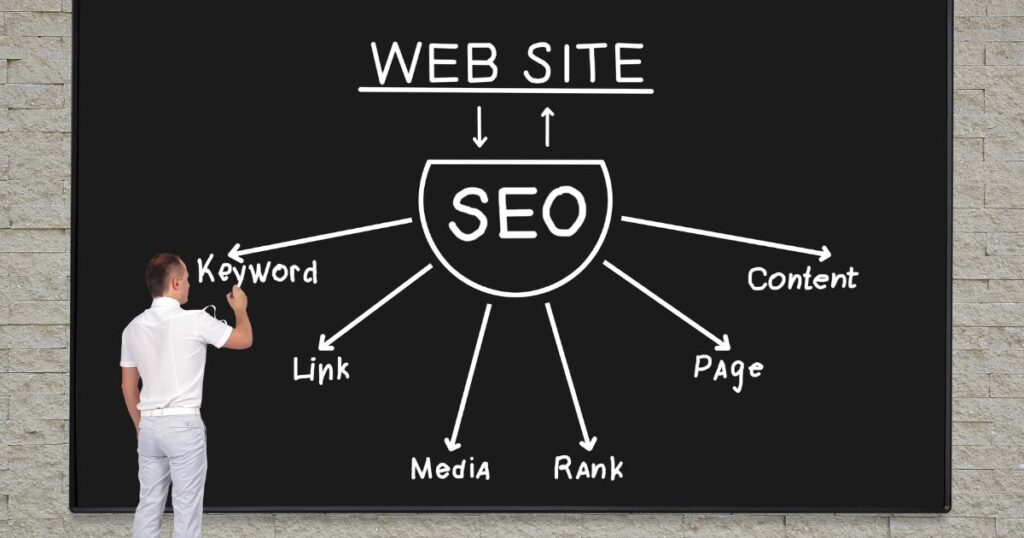What is Content Pruning?
To improve your website’s overall SEO health, content pruning is the process that involves discovering performing poorly or useless website content and eliminating it from the website. There are several ways to accomplish this, including wiping out-of-date blog entries, eliminating poor-quality pages, combining related content, and rerouting URLs that are to more pertinent content.
Content pruning becomes an effective strategy to improve a website’s performance and raise its ranking and visibility on search engines like Google, Yahoo, and Bing when combined with expert SEO services.
By eliminating unnecessary content, content pruning aims to enhance a website’s overall performance, advance user experience, and utilize its resources on competent, user-friendly content.
Reasons Businesses Should Care about Content Pruning
There are several reasons why content pruning is important for a business’s website and why poor-performing content should be deleted from the pages and replaced by new and updated content and with expert SEO services new keywords according to the times and trends.
Improves Page’s Quality
The content created will be of greater quality in general if the old and outdated content is replaced by new and fresh content and the website can gain two advantages. One, it attracts new users to the content being produced and old users will be intact and two, ranking on the search engines will improve.
Better Ranking on Search Engines
By pruning irrelevant content from the website and replacing it with fresh content and novel keywords with the help of expert SEO services businesses are intentionally and unintentionally improving the visibility and ranking of their content on search engines as new clusters of keywords are being formed and used in the new content.
Improves User Experience
Search engine optimizations are valuing user experience more and more and this is the main reason for high ranking and more visibility. Adding new content to the website attracts more users and enhances user experience.
Optimized Links
An effective link strategy can help the website in many ways. Making sure that links are going to the appropriate areas on your website, is helping not only guide visitors to the most valuable material on the website, but you’re also boosting its overall performance.
Guide To Prune Content
With these five primary steps, businesses can strategically prune their website content.
Let’s get started!
Step 1: Content Collection
You may copy a list of links from your CMS for this step. You can obtain a list of URLs from Google Analytics if you are struggling to export from the CMS.
A comprehensive list of URLs may not always be produced by the Analytics option because Google Analytics requires a page visit to keep track of a visit. Still, this can be a great place to start; you might just be overlooking some low-traffic sections.
As this will be your primary list for the content audit phase of the process, make sure to eliminate any redundant information from the list of URLs you have gathered.
Step 2: Gathering Data
To assist as much as possible with those mentioned URLs, you should examine all the data that is now accessible to you. The primary information you get here will assist you in avoiding damaging errors like mistakenly removing the incorrect pages.
Numerous types of data can be retrieved from different sources including:
Google Analytics:
The data gathered shows two types of traffic; all traffic and organic traffic.
For all traffic, the data breaks down the visits of traffic on the page including pageviews, bounce rates, exit rates, and conversion rates. To export, one must open Google Analytics > Behavior > Site Content > All Pages.
For organic traffic, to gather data about organic traffic and separate it from all traffic one must fillter the all traffic report by using Organic Traffic Segment.
Google Search Console:
Google search console is an instrument provided by Google for businesses to monitor, troubleshoot, and maintain a website’s online presence in Google search results.
External Links: These are external links that lead from another website to your domain. Consider the quantity and type of links referring to your website. It’s critical to keep any URLs that are getting high-quality links to other websites intact.
To export, open Google Search Console, navigate to links > external links > external links > more > export.
Internal Links: These are internal website links that point to different web pages within your website.
To export, open Google Search Console, navigate to links > internal links > more > export.
Search Result: Search results enable you to export impressions, clicks, and positions in Google Search Result for every URL.
Navigate through :
Search Console > Search Results > Pages > Exports.
Content Management System ( CMS )
Data can be extracted from word press in three ways:
Publish dates: showing the actual date the content was published on.
Last Update: showing the date the content was updated.
Word Count: showing the number of words in content per page to identify the type of content.
Step 3: Auditing Content
Next is the time to put all of the information into a document for a content audit. Use whatever data tool that you choose, such as Google Sheets or Excel. The next step is to evaluate the result of each of these measures on the overall effectiveness of your website, looking at each page individually.
Once you made the sheets check the content’s effectiveness based on:
- General traffic
- Organic traffic
- Internal and external links
- Overall social media performance
Step 4: Finalizing the Content
Once you are done with making the sheets and analyzing them thoroughly, it’s time to decide whether to keep, update, or remove the content from the website.
Keep it: This is simple. These are successful pages that have high traffic, backlinks, good user experience and conversion rates, and generally good organic search engine rankings. So you keep it, leave it untouched.
Pro tip: utilize expert SEO service to take note of the target keywords for every one of these pages and search for any instances of competition from less successful pages.
Update it: content in the segmented as “UPDATE” needs to be either improved and combined or replaced with a similar type of content.
These pages fall into this category since they often receive weak traffic rates, a small number of backlinks, low conversion rates, and therefore lower ranking.
Take particular notice of these sites, since they may have attracted plenty of visitors previously but are now underperforming; with the right adjustments, they may occasionally result in rapid performance gains.
Remove it: They are the underachievers. These sites fail to help in conversions, have no backlinks, never actually got much traffic, and aren’t ranked for the keywords they are supposed to. Therefore, marketers decide to remove them completely from the website.
Step 5: Execution of New Plan
After the content has been filtered and decided what to do with it, it is time to take action and come up with a new strategy.
Repurposing Content: Optimize content marketing strategies for the content you are interested in recycling by categorizing the URLs by the simplicity of upgrading the content and the potential effect that the updated content may have on the website’s performance and user experience.
Removing Content: If you want to eliminate content, you might need to contemplate a gradual change if the website is huge. For example, you may reduce some of the poor-performing content pages and then test how they perform before removing other pages.
With any substantial modifications to the website, one ought to continue tracking the consequences of the changes and modify accordingly.
All in All
Content pruning plays a crucial role in making a website stay relevant in the market, and enhancing user experience. The process of pruning is to make a website updated and get rid of content and pages that are no longer needed and do not contribute to the success of the website and maintain its quality.
By eliminating the pages that are slowing down the website and have a negative impact, you will not only be adhering to Google’s current quality standards, but you will also be providing visitors with a better visiting experience on the website, which will ideally lead to the higher number of conversions and improve its rankings as well as visibility on the search engines.

